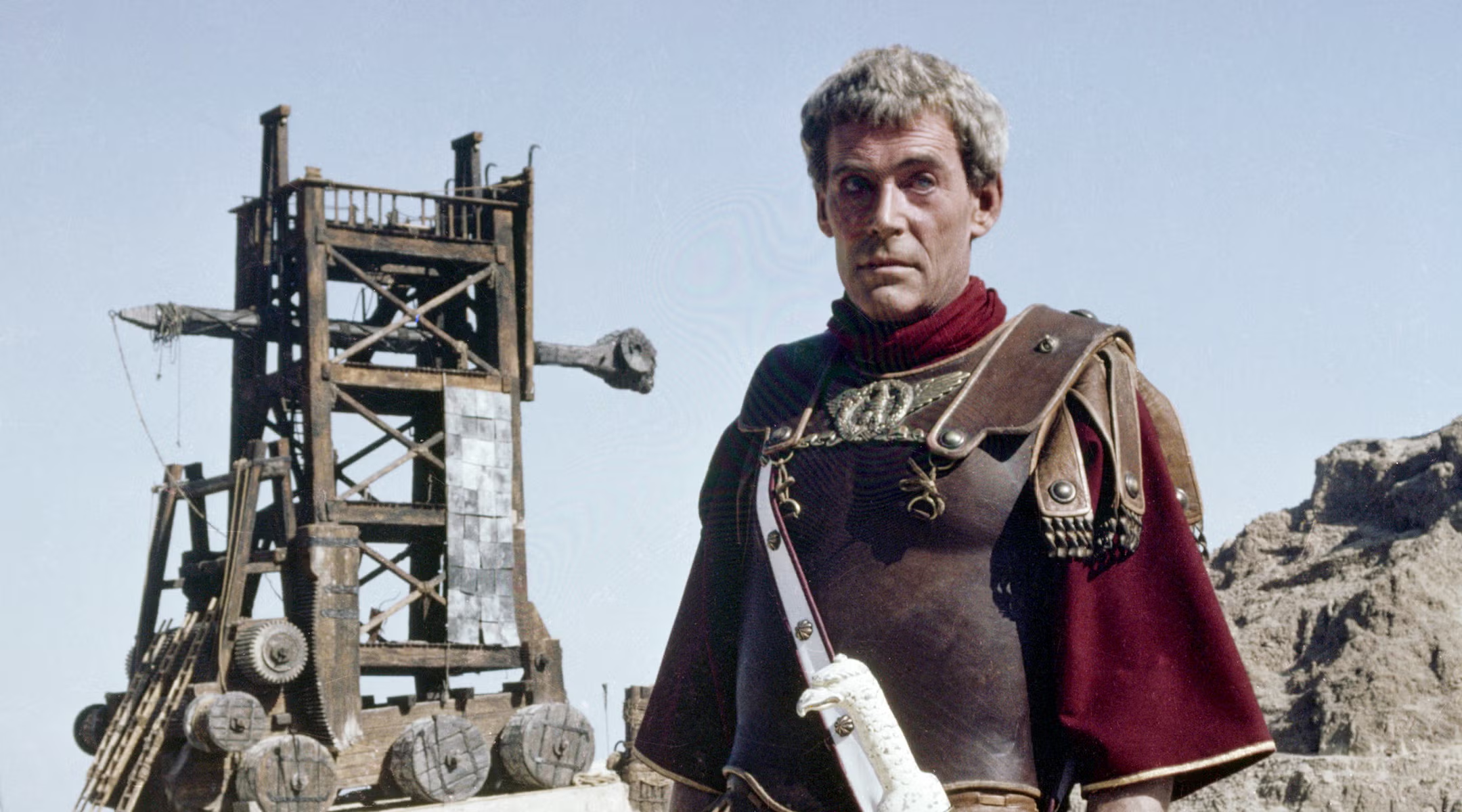Masada: The Last Stand Above the Desert
- Trip And Zip

- Apr 9, 2011
- 3 min read
Rising above the Judean Desert and the silent waters of the Dead Sea, Masada stands as a monument to human endurance and the tragic beauty of defiance. The view alone feels timeless — endless horizons that witnessed one of history’s most dramatic struggles.


The Historical Echoes
Built by Herod the Great in the first century BC as a desert fortress and refuge, Masada became one of the most iconic sites of the Jewish revolt against Rome.
When the Roman legions crushed Jerusalem in 70 AD, a group of Jewish zealots — men, women, and children — fled to Masada. From their stronghold, they resisted for years against the mightiest empire the world had known.
I have always admired the Roman Empire for its formidable efficiency — not just its armies, but its organization, discipline, and engineering brilliance. The Romans were masters of logistics, creators of aqueducts, roads, siege engines, and systems that bound continents together.
When they turned their attention to Masada, they faced not just a fortress, but a symbol of rebellion perched on a cliff 400 meters above the desert floor.

The Siege and the Final Night
Under the command of General Flavius Silva, the Romans constructed a vast siege ramp from the desert floor to the fortress walls. It remains one of the most impressive examples of military engineering from antiquity.
I remember standing before it, imagining the noise, the dust, the steady rhythm of thousands of soldiers working day and night, driven by Roman determination.

Inside the fortress, nearly a thousand men, women, and children chose death over surrender. Their leader, Eleazar ben Yair, urged them to preserve their freedom even in their final moments. When the Romans broke through the gate, silence awaited them — the silence of a people who refused to live as captives.
View of the Roman Siege Ramp from above
A Movie That Sparked a Passion
The 1981 film Masada, with Peter O’Toole portraying General Silva, remains one of the historical films that shaped my early fascination with antiquity.
O’Toole’s Silva was not a villain, but a professional soldier — calm, strategic, and deeply human. His performance gave nuance to a figure often seen only as an oppressor, showing instead a man executing duty within the rigid framework of empire.
The movie captured not just the siege but the clash of civilizations, ideals, and destinies. Watching it was a defining moment that set my taste for historical cinema — where history breathes through character and consequence.
Experiencing Masada Today
Visiting Masada in person is an experience of light, silence, and reflection.
The climb up the Snake Path at sunrise reveals the fortress bathed in gold, the Dead Sea shining below like a mirror. Among the ruins — Herod’s palace, the bathhouse, the storerooms, and the Roman camps in the valley — the past feels remarkably near.
The desert wind carries a weight of memory. You can sense the precision of Rome and the despair of those who resisted it. Admiration and sorrow seem to coexist in every stone.
Masada remains a place where the human spirit still whispers across centuries — a dialogue between power and conviction, fate and freedom. The mountain keeps its silence, but its story continues to speak to anyone who listens.

























Comments